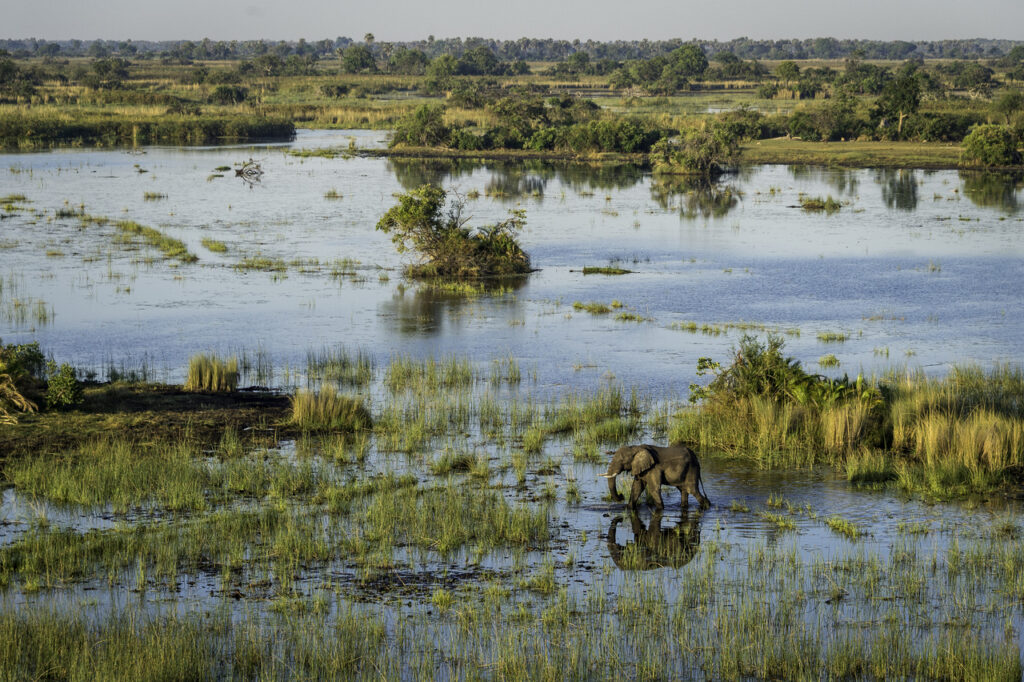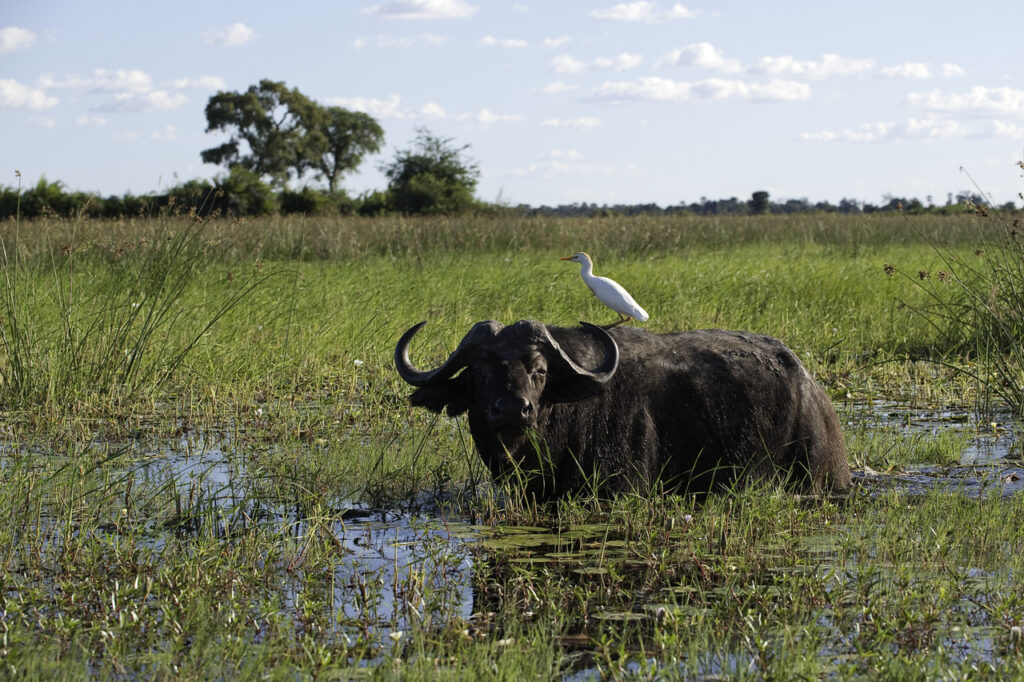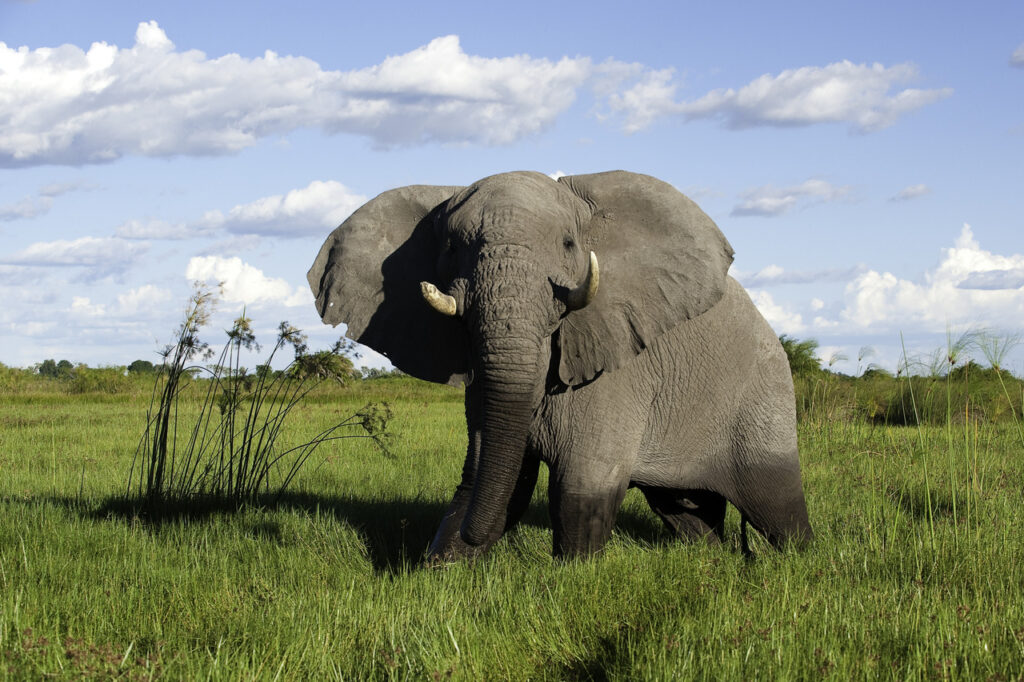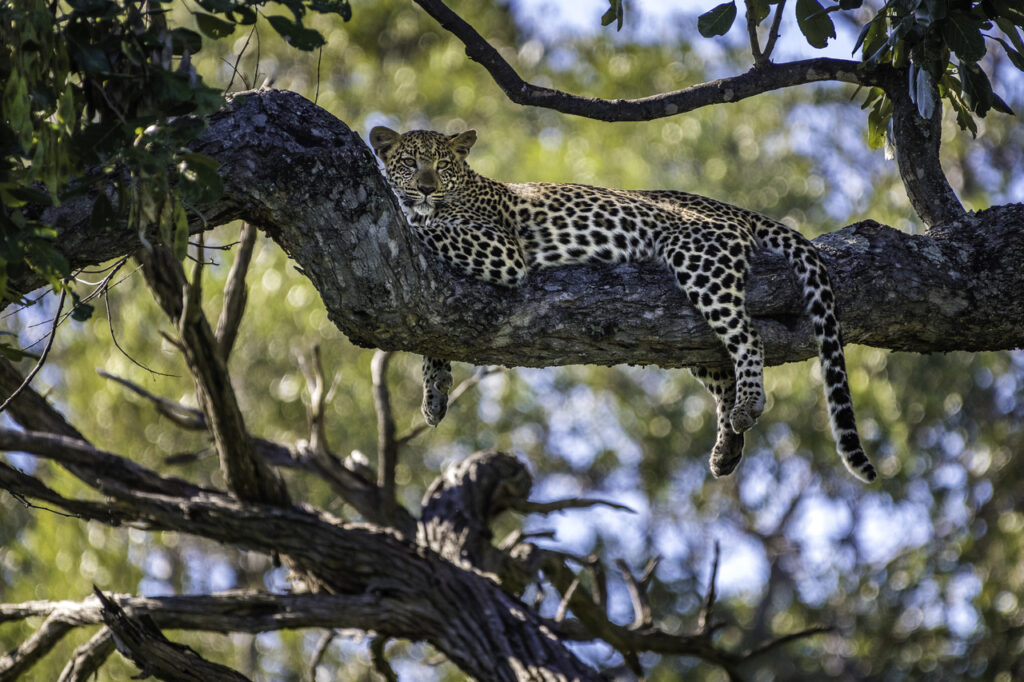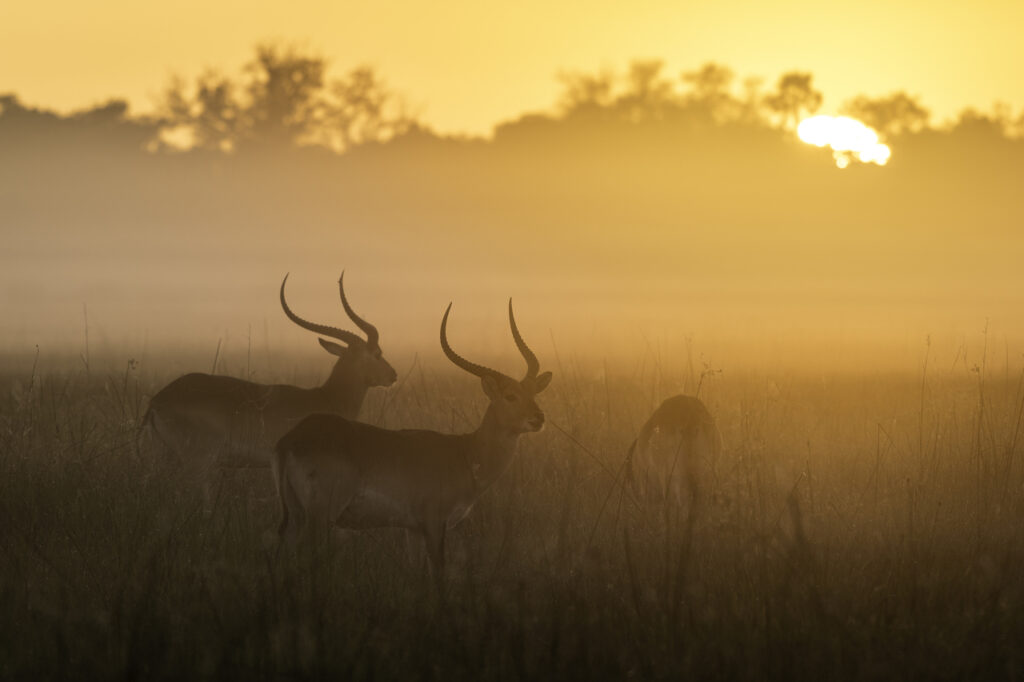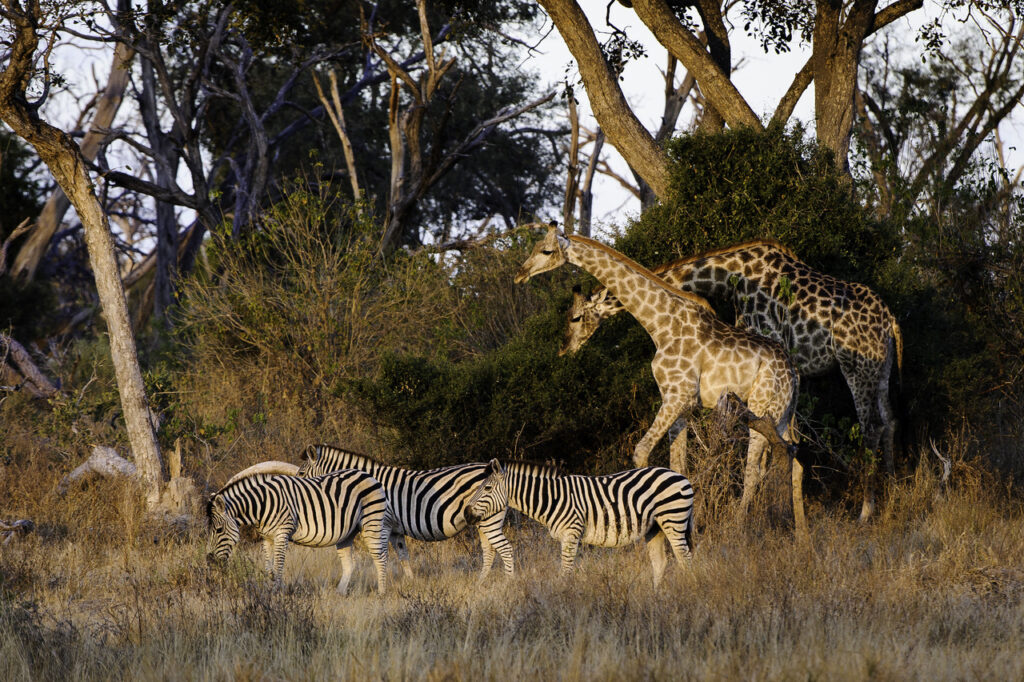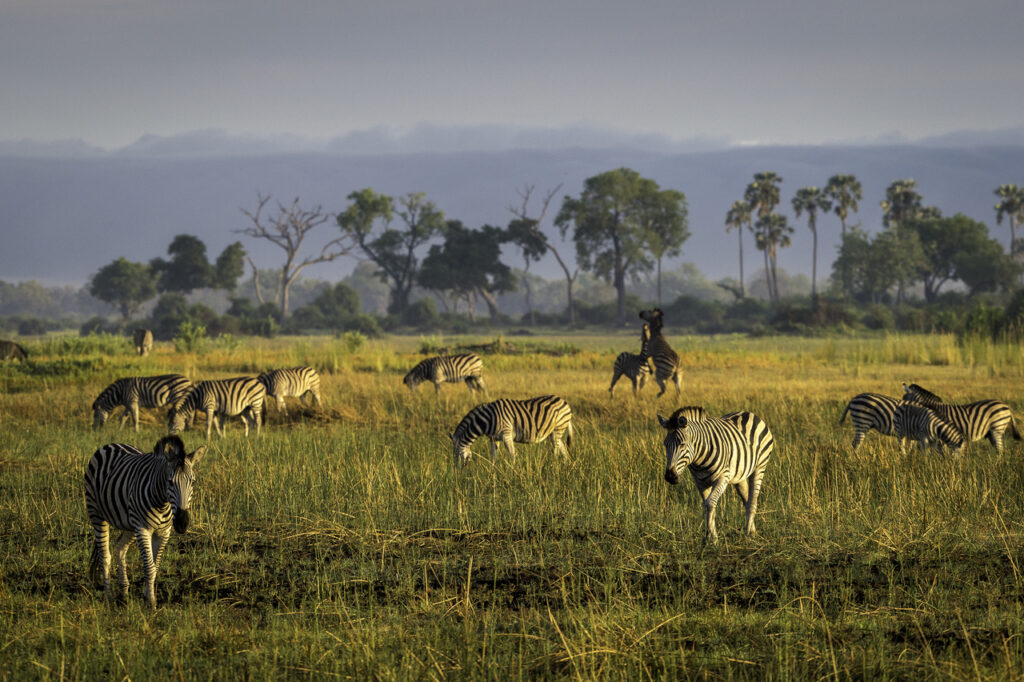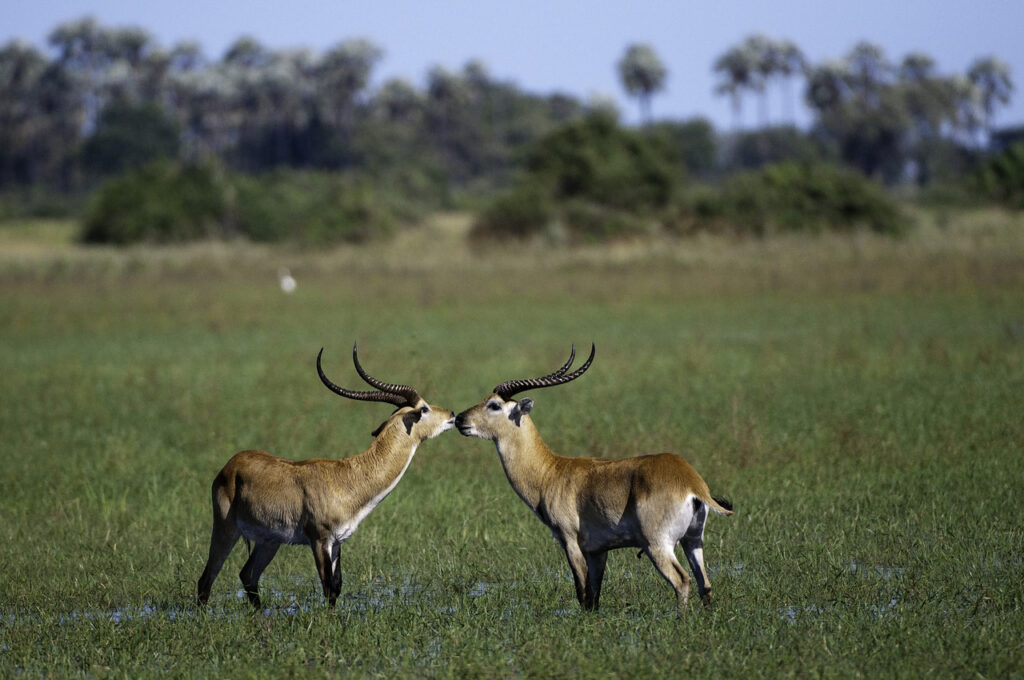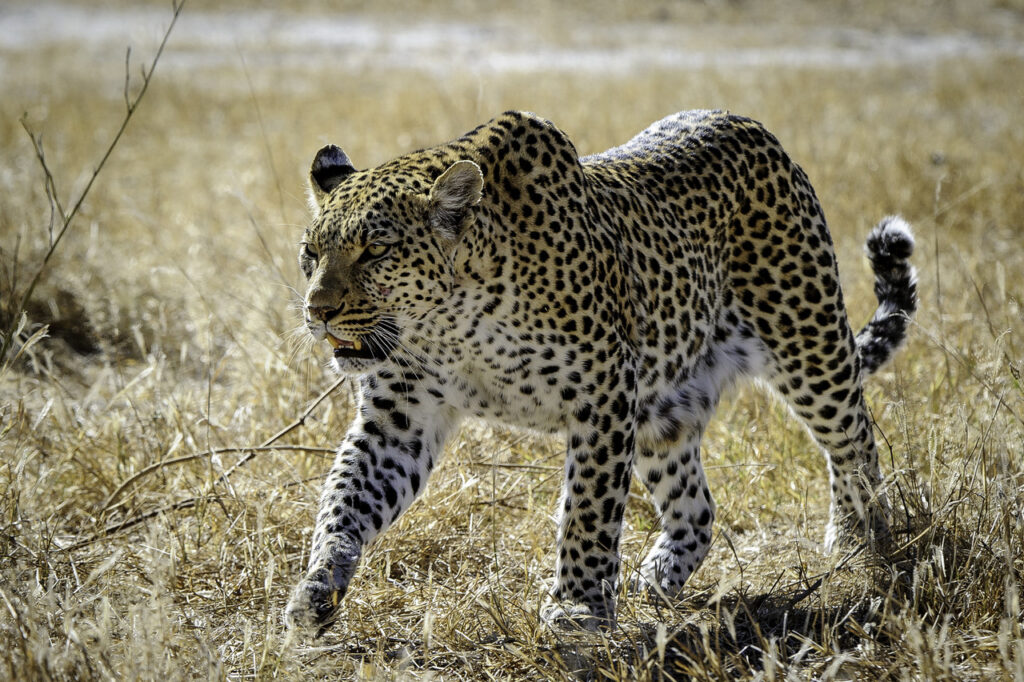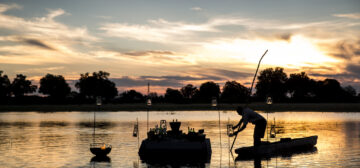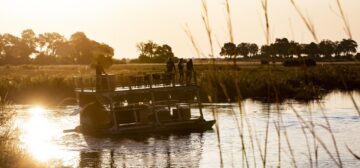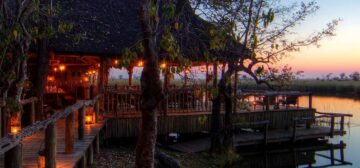Moremi Game Reserve
The Moremi Game Reserve comprises around a third of the greater Okavango Delta area. This diverse and wildlife rich area borders private concessions and communities as it spans out on the north eastern flank. As the Okavango Delta rises and falls the Moremi Game Reserve becomes a pristine wildlife and birdlife haven creating islands, floodplains and lagoons. Like an oasis in the desert it boasts some of the biggest wildlife populations in Southern Africa and is regarded as some of the most beautiful landscapes in the Botswana and the region. The Moremi is home to Chiefs Island which boasts some of Africa’s best camps such as Mombo and Little Mombo who have gained the envious title of the “Place of Plenty” as the wildlife experience is simply out of this world. Chiefs Island was formally the a royal private hunting ground of Chief Moremi a Batawana Tribe Chief, now it is a UNESCO world heritage site and a haven for some of Africa’s biggest herds. This area does not flood thanks to a fault line but it is flanked on both sides by the Delta’s waters providing precious water during the winter dry season.
The boundary of the Moremi is diverse. As the Okavango Delta’s waters begin to slow and fade out on the eastern side of the Moremi Game Reserve there is a good mix of land and water. This gives rise to the Xakanaxa Lagoon region and then further north east to the Khwai region. Both of these regions are excellent wildlife regions and have a number of camps and lodges that offer a range of activities. One must note that the entire Okavango Delta and Moremi Game Reserve is surround by the Kalahari Sands, making this inland delta a phenomenal destinations as wildlife stay all year round to enjoy its waters and grasses on the floodplains.

